RotatingWindand BurningFire
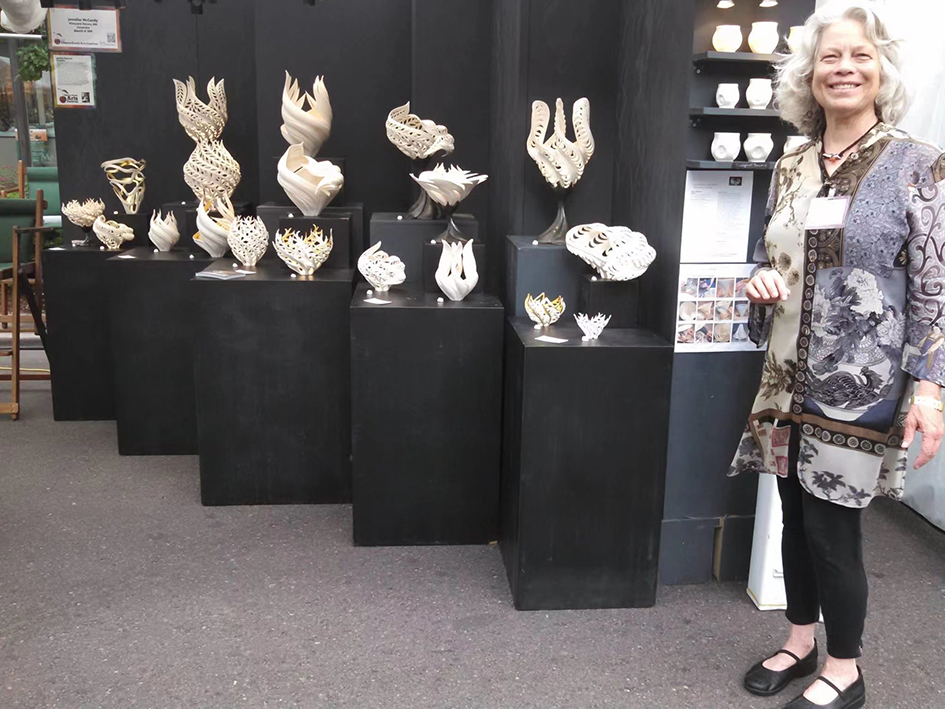
WindVesselis awork createdby the American ceramist Jennifer McCurdy for the 10thChina Changchun International Ceramics Symposiumin August 2021.
Thework is madeof clay and has dimensions of27.9×30.5×25.4 cm.Itlookslike a spinning top. The work highlights the role of lines in theoverall shape and uses a unique technique to makeinvisible and abstract windvisualized,concreteand personifiedandmakethe work moredynamic and expressive.
Althoughwind is a natural phenomenon caused by the flow of air, its “temper”is very strange. When it is calm, it is asgentleasa lover,whileit resembles a frightening“tyrant”whenit loses its temper. Humanbeings still have no way to deal with themoody wind.
Apparently,the work shows animage of awhirlwind or atornado.This kind of wind oftencatchesus bysurprise.Itcomes fast and goes fast. It can sweep cattle and cars away anduproot large treeswhen it passesthrough fields.Itcan roll up huge “waterdragons”directly into the skywhen it passesthrough rivers, lakes, and seas. It can suck up smallriversin one gulp,liftshipsweighing hundreds of thousands of tonsintothe air,and turnthem a hundred meters away.
Thechangeablenatureand huge energy of wind inspiresJenniferand makes her think there could bea container that can cover or restrain wind, so that it can betterserve humanity, just like a reinedhorse.
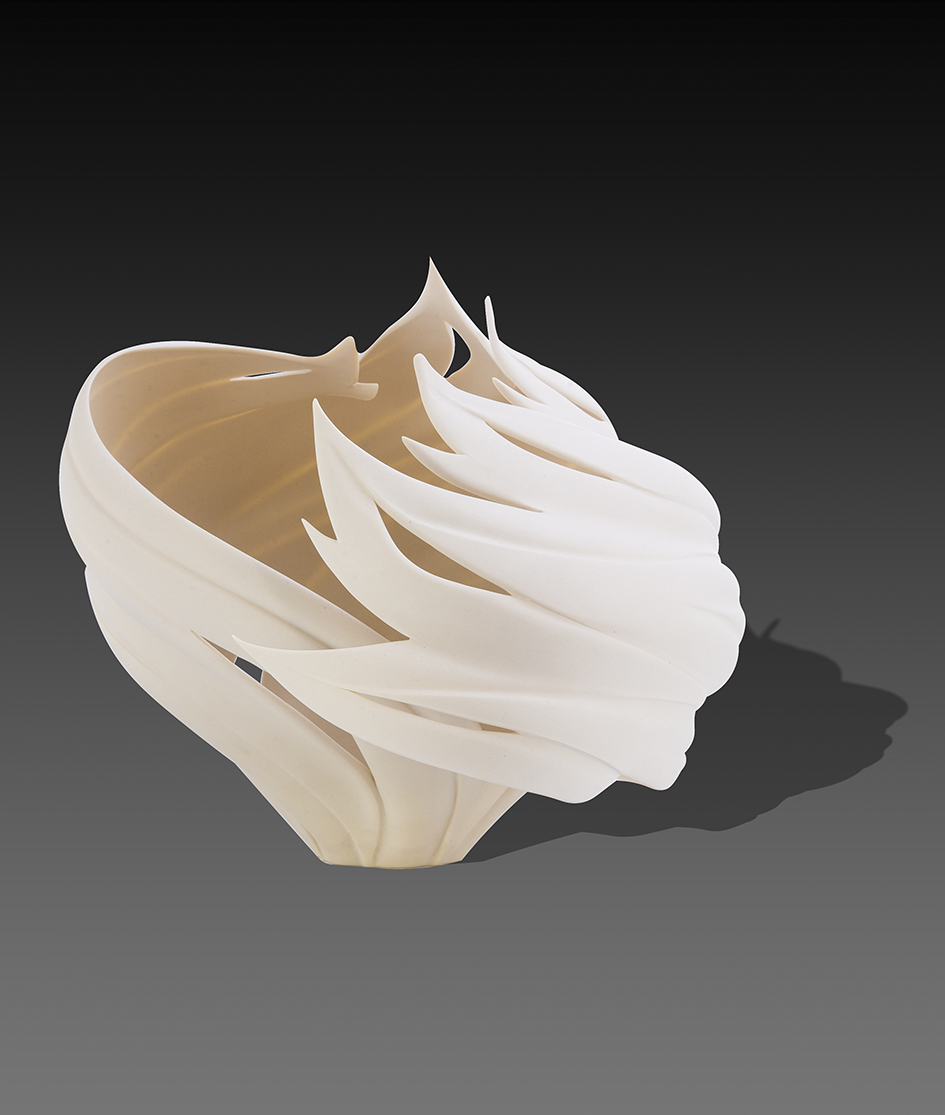
Thiswork is reminiscent of the main sculpture TheWind of Mayin the May Fourth Square in Qingdao, China. Theirshapes are very similar.Thesculpture’sshapeof spiralwindandcolour of fire embodies the anti-imperialist and anti-feudalpatriotismand national cohesion duringthe May Fourth Movement. Of course, it has become one of Qingdao’siconic landmarks.
TheMay Fourth Square was named after the May Fourth Movement. Thisgreat anti-imperialist patriotic movement in 1919 has become thestarting pointof China’snew democracy. The May Fourth Movement was sparkedby Qingdao'ssovereignty issue. Germany occupied Qingdao in 1897, and JapanreplacedGermanyto occupyQingdao in 1914, whichsparked strong disagreement nationwide andpersistentworktorecover Qingdao’ssovereignty. The First World War ended in November 1918. In January1919, at the Paris Peace Conference in France, China attended themeeting as the victorious nation and made legitimate demands such asregaining Qingdao’s sovereignty, but was rejected by Britain,France, the United States, Japan and other countries.Qingdao’s sovereigntywas forciblytransferred toJapan. Thissparked nationwide public outrage. Patriotic indignation sweptthrough universities in Beijing.OnMay 4, 1919, thousands of students took to the streets in protestandstrongly refused to sign the humiliatingtreaty with Japan by which China acceded to Japan’s demands.Theychantedslogans such as “vowtosafeguardtheSovereignty of Qingdao”and “returnShandongand returnQingdao”.Theirpatriotic behavior gainednationwidesupport.Thegovernment of Yuan Shi-kai was forced to refuse to sign thetreaty atthe Paris Peace Conference, smashing the Japanese conspiracy topermanently occupy Qingdao. After the heroic struggle of Chinesepeople, Qingdao’ssovereignty was finally recovered in December 1922. In view of thespecial relationship between Qingdao and the May Fourth Movement, itwas decided to name the new square “MayFourth Square”.
JenniferMcCurdy is an American ceramistand fellow at Professional Affiliations MassachusettsCulturalCouncil. Shehas been engagedin ceramiccreation, inwhich she focuseson linesand overall expressiveness. Shehasparticipated in ceramic exhibitions or seminars held in many placesin China, Italy, and the United Kingdom, andher workshave been collected by many museums and art galleries.
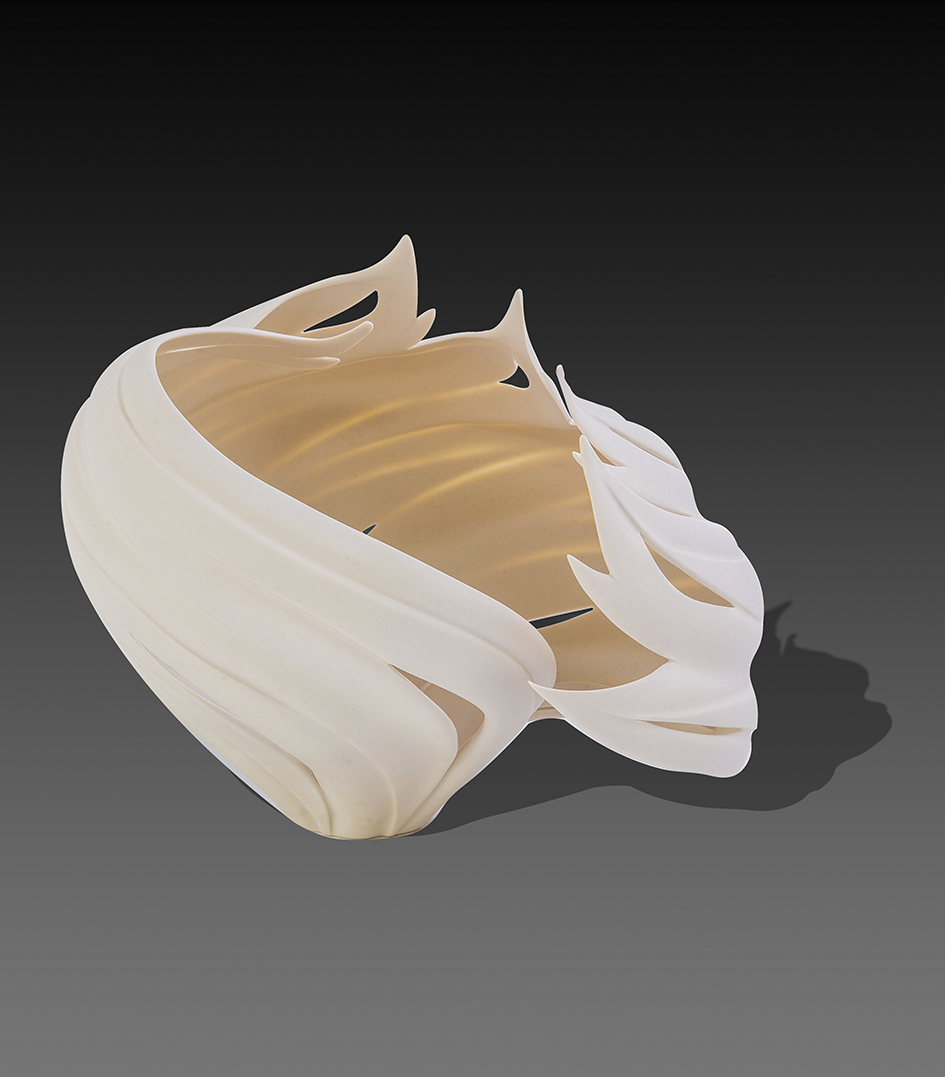
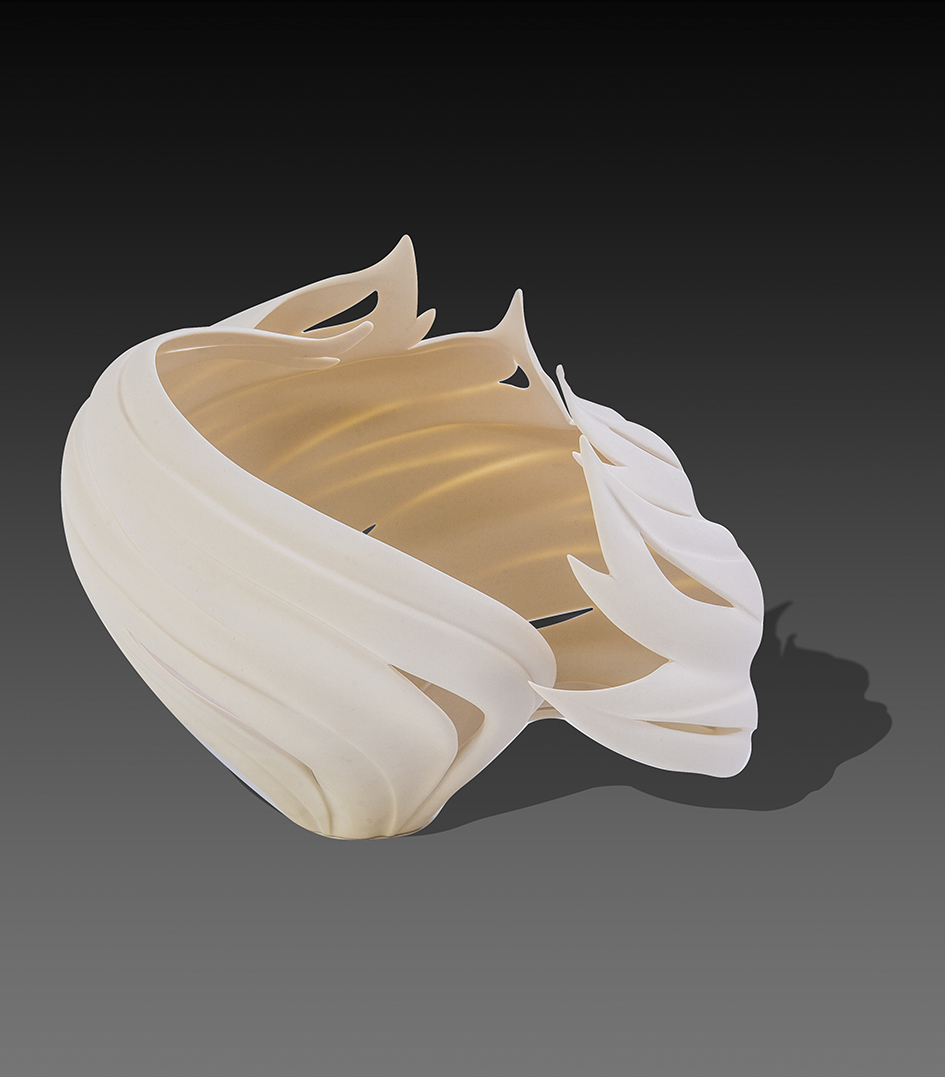
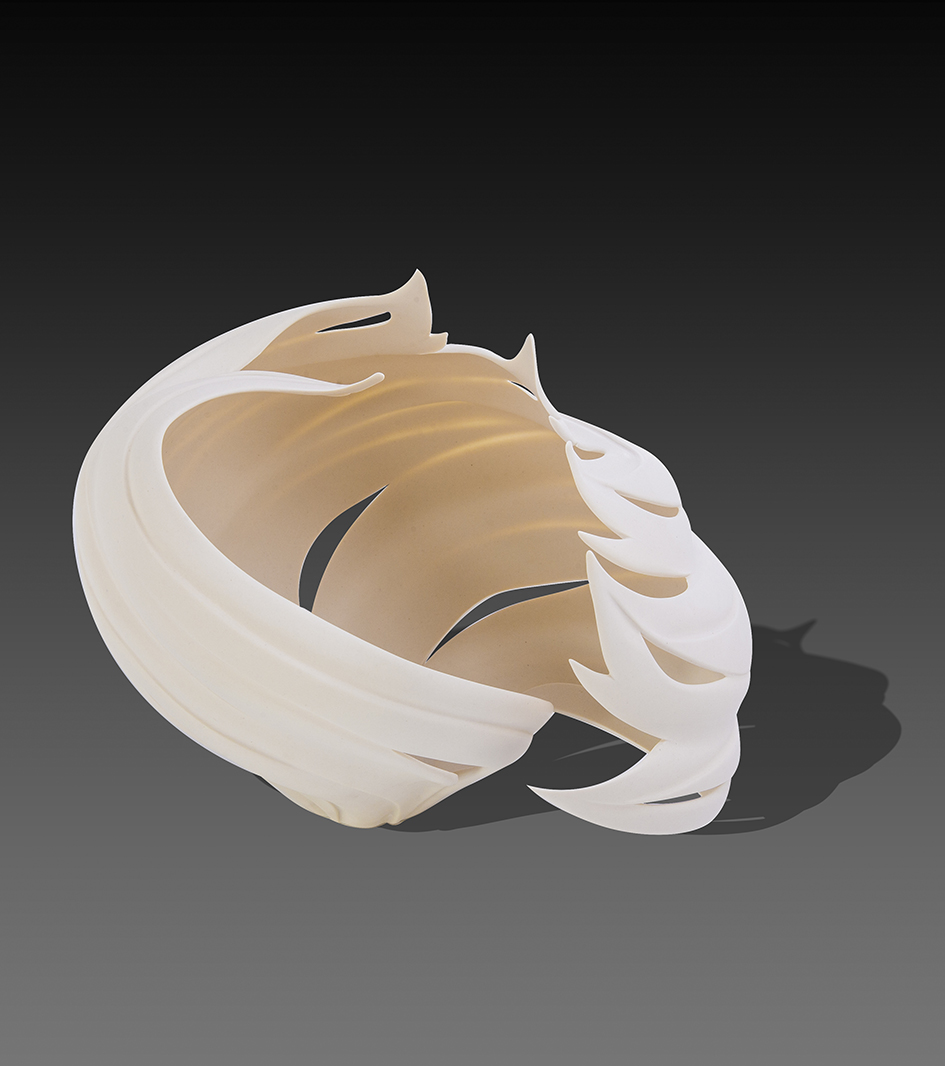
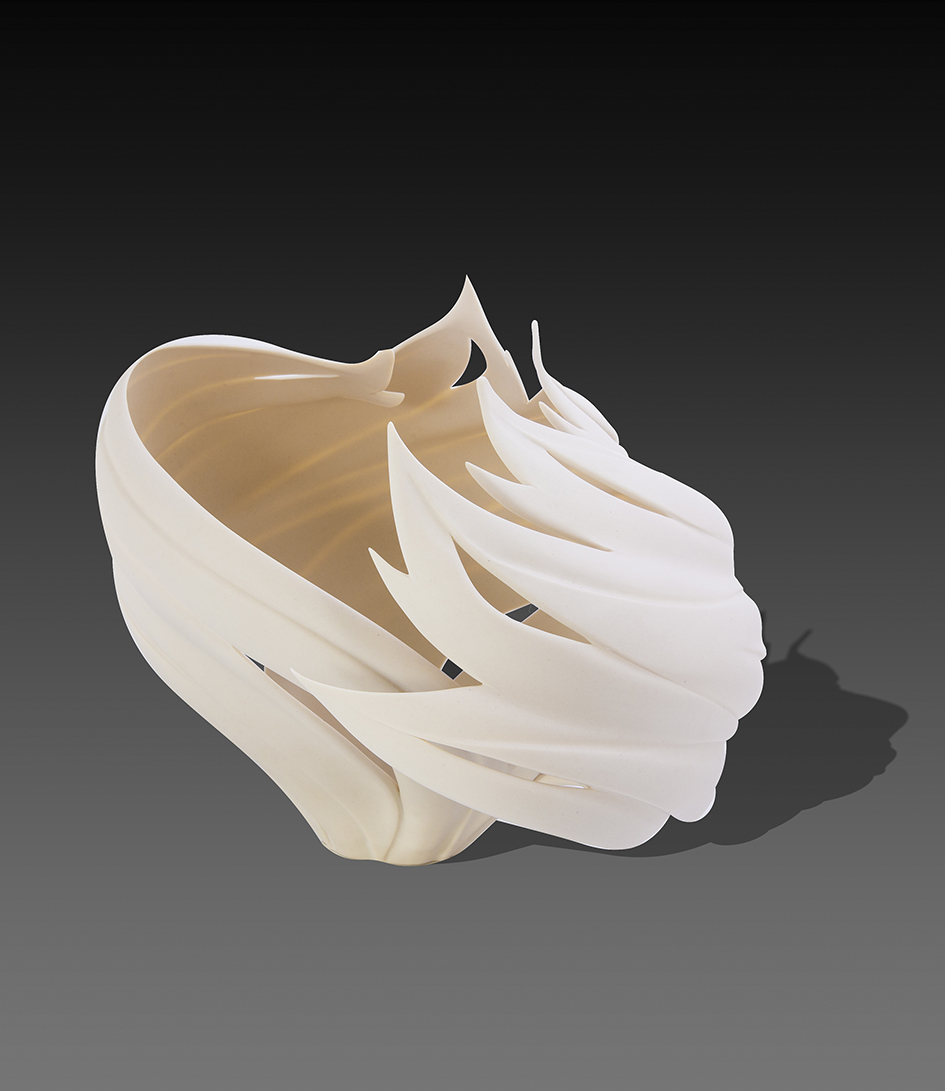
Last article:Loving Life, Desiring for Knowledge, and Pursuing Light
Next article:null